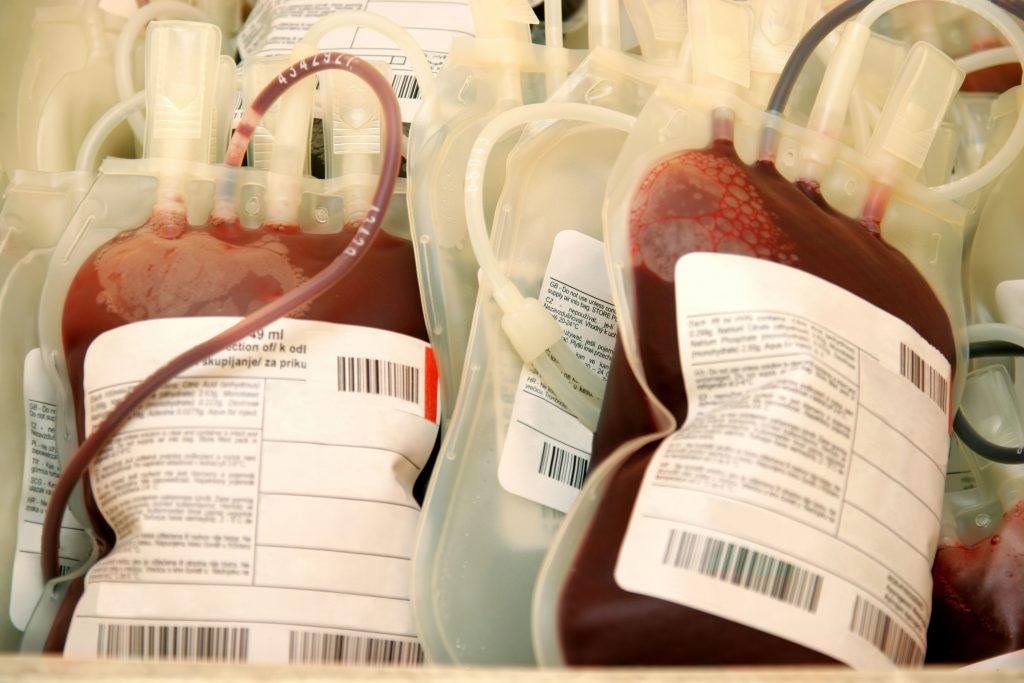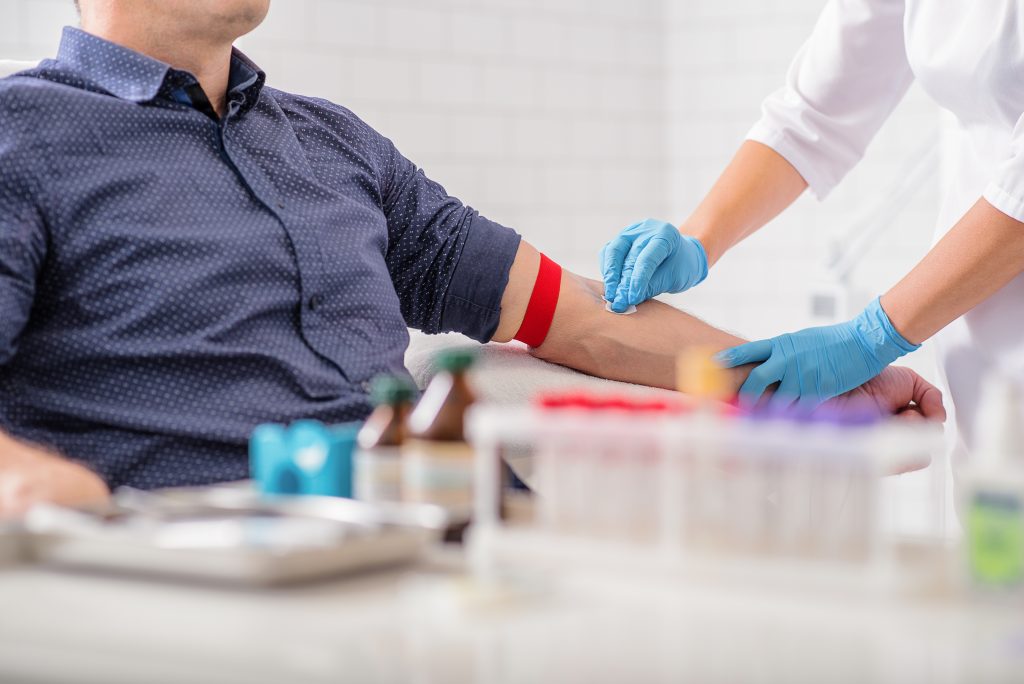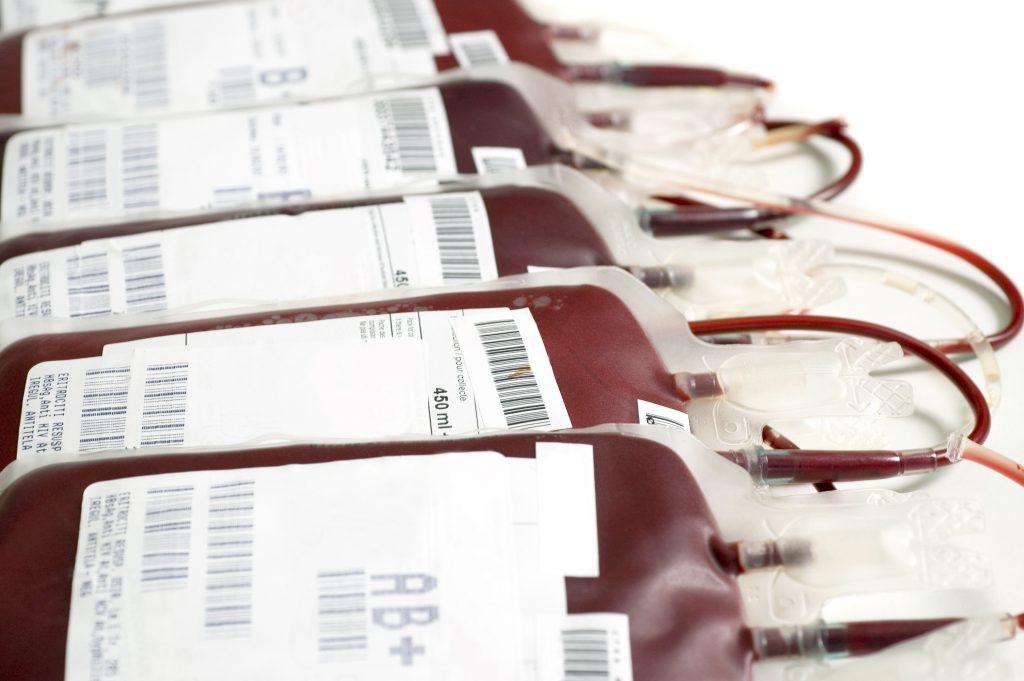Donating blood is one of the greatest gifts someone can give another person. In England alone, 6,000 blood donations are needed every day to treat patients, making the need for blood donors so critical. This life-saving service is required 365 days a year, and every batch of donated blood is tirelessly processed, tested and distributed out to patients who need it.
Every year the NHS need around 200,000 new donors to ensure they have the right mix of blood groups and types to meet patient needs, and to replace the donors who can no longer donate.

How Donations Work
Blood donations are needed for a variety of needs including medical conditions like anaemia and cancer blood disorders, and for those having surgery. Blood is made of different components including red blood cells, platelets and plasma, each of which are used to treat different conditions.
These components of donated blood are administered to patients as transfusions. In 2014, 67% of hospital transfusions were for medical conditions, 27% were for surgery, and 6% were to treat blood loss.
When a person gives blood, they attend an appointment or a drop-in session and the whole process takes no more than an hour. There are 23 permanent blood donation venues across England and plenty of temporary blood donation centres set up in community-based venues.

Criteria for Donation
Most people can give blood if they are:
- Fit and healthy
- Weigh between 7 stone 12 lbs and 25 stone (50kg and 160kg)
- Are aged between 17 and 66 (or 70 if they have donated before)
- Over 70 if they’ve donated in the last two years.
Men can donate their blood every 12 weeks, and women every 16 weeks (due to men’s higher weight and more suitable iron levels). Circumstances that might affect a person’s ability to donate blood are:
- If they are receiving medical or hospital treatment
- If they are taking medication
- After travelling outside of the UK
- After having a tattoo or piercing
- During and after pregnancy
- If they feel ill
- If they have cancer
- After receiving blood, blood products or organs
For more specific criteria, check out the NHS website Give Blood page for Who Can Give Blood.

Processing and Testing
When donated blood has all been collected, it needs to go through several important steps before it can be given to the people who need it. First, it is transported from the donation centre by NHSBT vehicles to the blood centre, where the donations are stored and registered. When blood is drawn from a donor, the bag is labelled with a barcode that has a specified donation identification number.
The data is recorded in a donor database which contains all the important information about a donor and their medical history. This barcode can then be scanned to trace the blood back to the specific person if it ever gets misplaced.
Each donation then needs to be processed. The white blood cells are filtered out of each donation and then the blood is spun in a device called a centrifuge, which separates the different components: red blood cells, platelets and plasma. The components are extracted using specialised machines and then taken to their individual holding areas, where they will be quarantined until testing is completed.
Whilst this happens, samples of each donation are tested in a lab. Each donation is tested to determine the donor’s blood group, which is then given a specific blood group label with an identifiable barcode. The blood is then tested for viruses to ensure that each donation is safe to transfuse to patients. The donations are then stored, ready to be sent out to hospitals.
All the data such as blood type, donor identification and batch identification can be linked to the individual barcodes that have been tagged to the donation. These barcodes can be scanned by hospitals to access all this data. This process is similar to barcode inventory systems used in businesses.

Barcode Inventory
Blood donations are critical in medicine and have saved many lives. When it comes to storing blood donations and ensuring that a hospital is well stocked with the blood types they need, barcoding inventory systems can make this mammoth task so much easier.
Reducing the administrative work for hospital staff by efficiently storing blood donations can help save more lives by getting the correct donations to the right patient quicker. Giving blood saves lives, and barcode inventory systems can help streamline the blood donation process to help save even more.


















